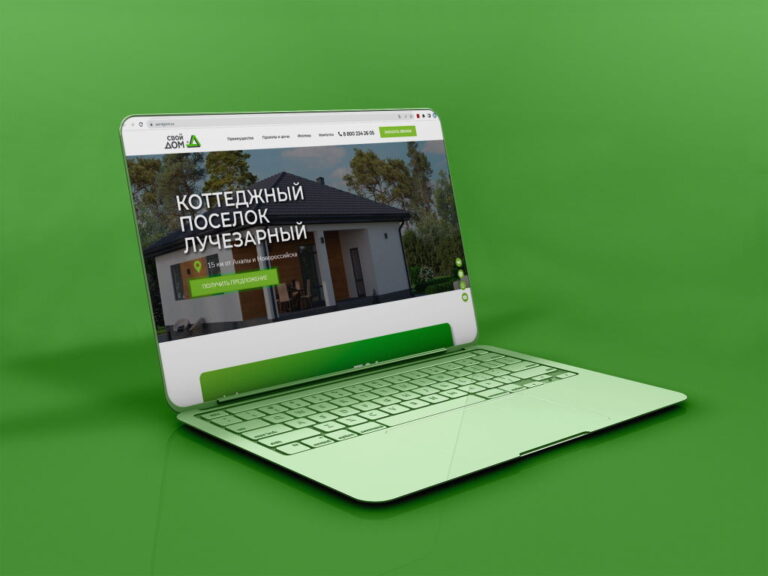Graphic design is more than just a corporate identity, as it provides benefits that are superior to visual design. Good graphics allow brands to educate, inform, or persuade an audience through images, colors, typography, and forms. However, the world of graphic design is a constantly evolving landscape, an example of which is the rapidly changing design styles. This means that for any meaningful benefit, you must constantly stretch and align your skills with the latest trends in graphic design.
1. 3D design
Trends come and go – this is the reality in the world of graphic design. After years spent as a reference, flat design gives way to 3D design. Despite the fact that we still see touches of incredible flat design here and there, the appearance of 3D design causes ripples in the space of graphic design. 3D design is everywhere, and it has established itself as a steady trend in graphic design in 2019 and beyond.
2. A mixture of realism and flat design
Realism involves adding real objects to make the design authentic, genuine and appropriate. Flat designs may not be as real as realistic designs, but they are incredibly simple. Interestingly, these two types of design are at opposite ends of the spectrum, but as you know, opposites attract. Today, designers innovatively combine flat visual elements with realistic objects to stun the viewer.
3. Colorful minimalism
Today’s world loves a new minimalism, when artists mix two designs only with those components that make sense. Global giants like Apple have used neutral and muted color palettes to post their marketing messages.
4. Complex duotons and gradients
Some graphic design trends do not appear out of the blue: they unfold right before our eyes. This is what happens with gradients and duotons. Gradients are not new: designers used them to add depth to design projects.
5. Open compositions
Say goodbye to frame finishes and hello to free-flowing end products. Open compositions make people feel like they are seeing one beautiful part of a larger picture. Elements fly easily on and off the page, creating an idea of infinity.













